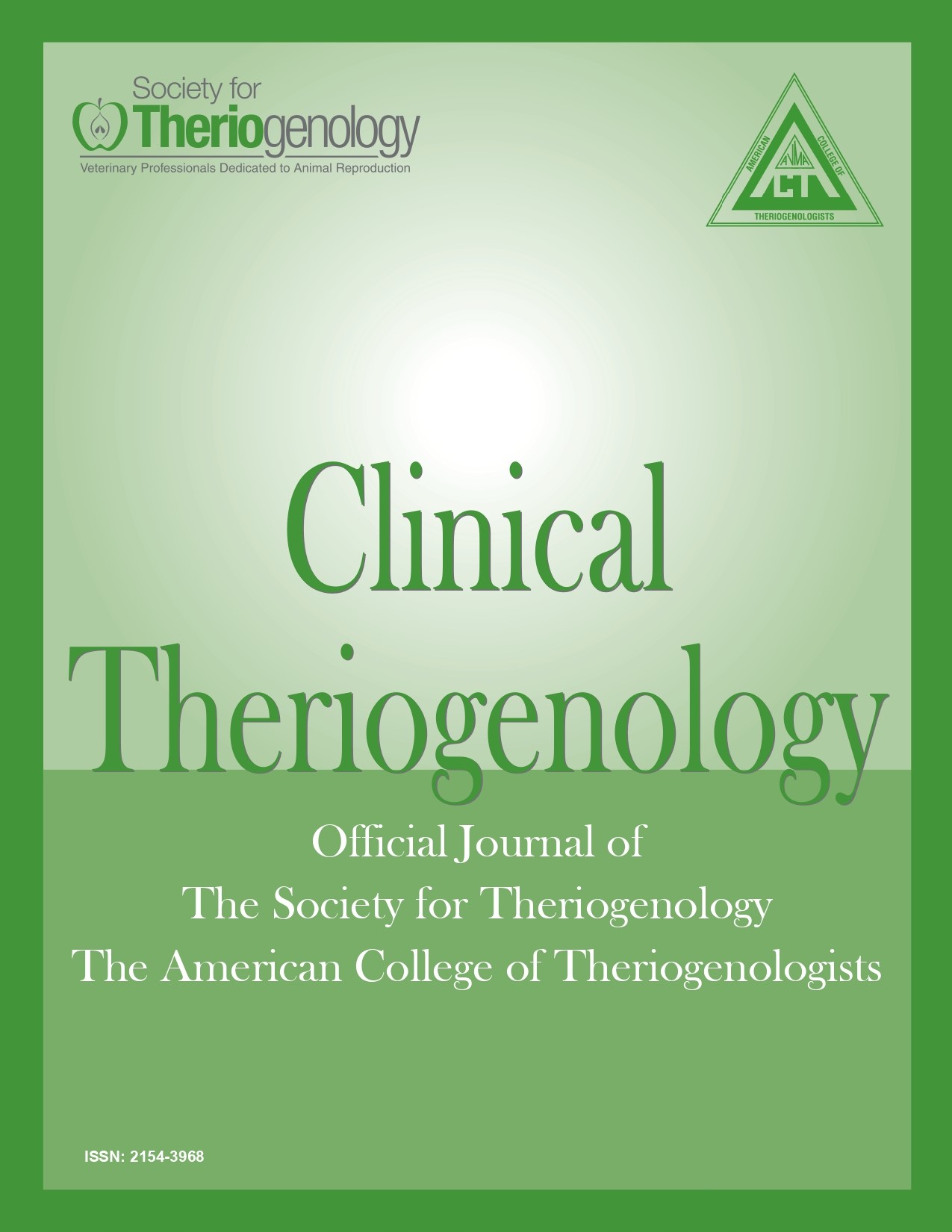Population characteristics of 453 bitches undergoing 510 cesarean section procedures between 1999 and 2009–a retrospective study
Abstract
Objective: To evaluate the characteristics of a population of bitches undergoing cesarean section and report the associated etiological diagnoses. Study design: Retrospective case series of 510 cases of cesarean section performed on 453 bitches between 1 July 1999 and 31 June 2009. Methods: Medical records were reviewed for information related to signalment, reproductive history, gestation, clinical features, ultrasonographic findings and treatment in bitches undergoing cesarean section. The number of pups was reviewed and deaths or fetal abnormalities recorded. An etiological diagnosis was sought for each case based on reported findings. Results: Median age was four years and brachycephalic breeds were overrepresented. It was common for non-maiden bitches to have previously undergone cesarean (87/152). Forty-one bitches (9.1%) had anatomical vaginal abnormalities, 81 (17.9%) had uterine abnormalities and 19 (4.2%) had placental abnormalities. Fetal heart rates were detected in 96.6% of 409 cases in which ultrasound was successfully performed. The most common induction agent was alfaxalone. The Utrecht suture pattern was used in 418 cases (88.9%). Few anesthetic or postoperative complications were reported. Mean litter size was 5.6, with a mortality rate of 11.5%. The origin of dystocia was considered to be maternal in 63 cases (13.2%), fetal in 177 cases (37.0%) and related to litter size in 79 cases (16.5%). Clinical relevance: These results suggest that brachycephalic and dolichocephalic breeds are more likely to require cesarean section than mesocephalic breeds. Risk appears to be reduced in small breeds and increased in giant breeds compared with medium and large breeds. Alfaxalone and propofol both confer minimal risk to the bitch when used for induction of anesthesia. The Utrecht suture pattern is appropriate for closure of the hysterotomy.
Downloads

This work is licensed under a Creative Commons Attribution-NonCommercial 4.0 International License.
Authors retain copyright of their work, with first publication rights granted to Clinical Theriogenology. Read more about copyright and licensing here.





